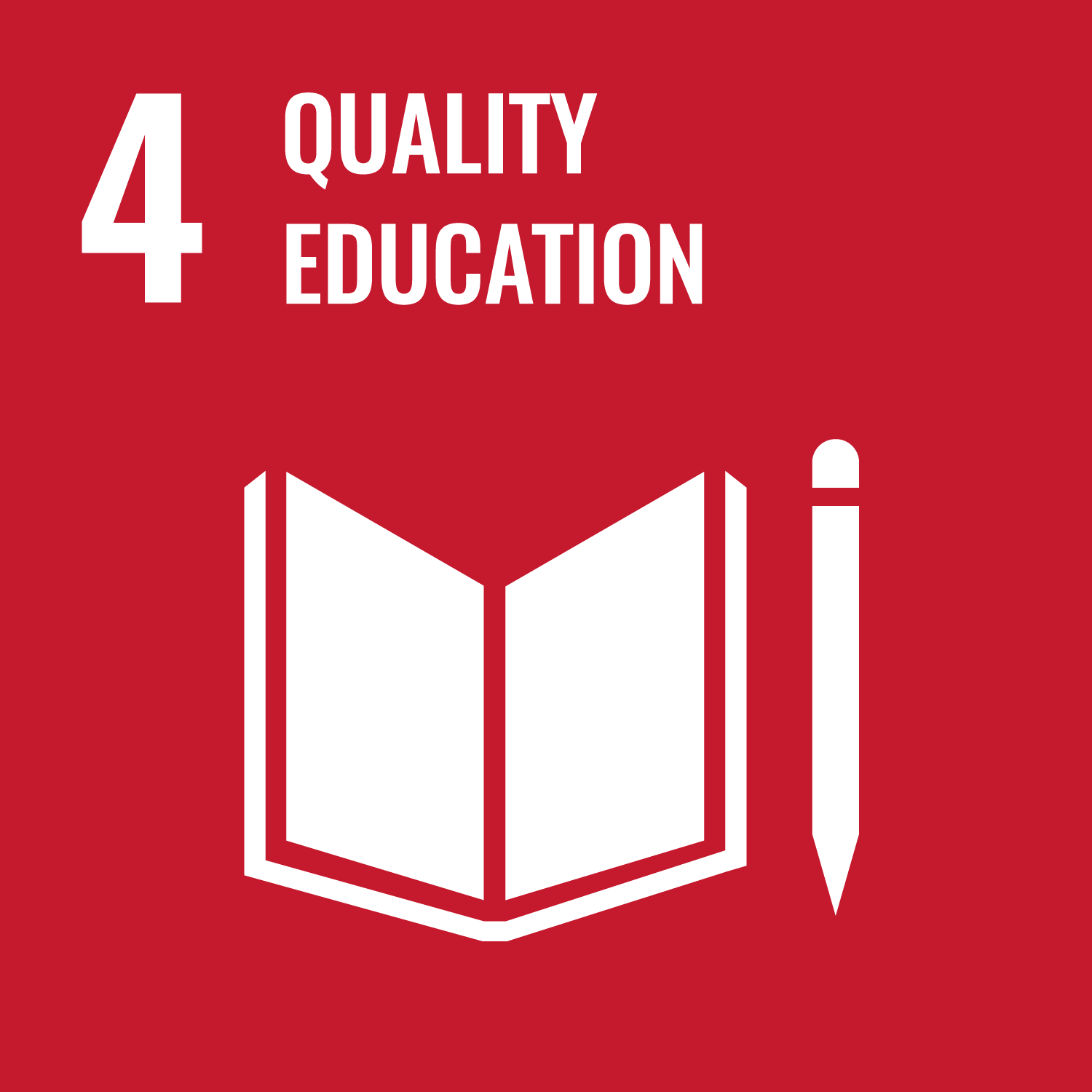Mechanics is a basis of physics, which in turn is a basis of engineering.
In this lecture, we focus on a dynamics of a particle (a mass point) to study the foundations of mechanics.
Different from a high-school study on this subject, we use mathematical tools such as calculus and vectors.
This makes students to get used to these tools for the applications not only to mechanics but also to any field.
In this lecture, we focus on a dynamics of a particle (a mass point) to study the foundations of mechanics.
Different from a high-school study on this subject, we use mathematical tools such as calculus and vectors.
This makes students to get used to these tools for the applications not only to mechanics but also to any field.
Understand the principles of mechanics, especially the motion of equation, by focusing a particle dynamics.
- To understand the fundamental concepts, principles and laws of mechanics to apply them for specific problems.
- To see things from physics point of view.
- To set and solve a motion of equation.
| Class schedule | HW assignments (Including preparation and review of the class.) | Amount of Time Required | |
|---|---|---|---|
| 1. | What is physics? | see Chap. 0 of a text | 190minutes |
| 2. | Position, Velocity, and Acceleration | See Sec. 1.1-1.4 of a text | 190minutes |
| 3. | Uniform circular motion | See Sec. 1.5 of a text | 190minutes |
| 4. | Equation of motion | See Sec. 2.1-2.3 of a text | 190minutes |
| 5. | Examples of forces | See Sec. 2.4 of a text | 190minutes |
| 6. | Force and motion | See Sec. 1.2 and solve Excersise A in a text | 190minutes |
| 7. | Differential Equations | See Sec. 3.1-3.2 of a text | 190minutes |
| 8. | Examples of motions | See Sec. 3.3-3.4 of a text | 190minutes |
| 9. | Momentum and impuls | See Sec. 3.5-3.6 of a text | 190minutes |
| 10. | Simple harmoic motion | See Sec. 4.1-4.2 of a text | 190minutes |
| 11. | Damped oscillation, Forced oscillation, and Resonance | See Sec. 4.3-4.4 of a text | 190minutes |
| 12. | Work and Energy | See Sec. 5.1-5.2 of a text | 190minutes |
| 13. | Law of energy conservation | See Sec. 5.3-5.4 of a text | 190minutes |
| 14. | Summary and exam | Review classes 1-14. | 190minutes |
| Total. | - | - | 2660minutes |
| Mid & Term Exam | home work | report | Total. | |
|---|---|---|---|---|
| 1. | 14% | 5% | 15% | 34% |
| 2. | 13% | 5% | 15% | 33% |
| 3. | 13% | 5% | 15% | 33% |
| Total. | 40% | 15% | 45% | - |
Students will be evaluated based on the web-based confirmation test, mid-term and final examinations, lecture assignments,
and report assignments after lectures.
Students will pass the class if their overall score is 60% or higher.
Students will pass the class if their overall score is 60% or higher.
- (P1 Class, Yoshida) Lunch hour on Thursday
- (P2, Kubota)After the class, or 14:00~15:00 on Monday at 5225-1
- (Nb, Okuda) 13:30- 17:00 On Thursday
- (Q・kimura) 10:40-12:00 on Thursday
- Course that cultivates an ability for utilizing knowledge
| Work experience | Work experience and relevance to the course content if applicable |
|---|---|
| N/A | N/A |


- 4.QUALITY EDUCATION
- 9.INDUSTRY, INNOVATION AND INFRASTRUCTURE
Last modified : Sun Mar 21 17:29:25 JST 2021

